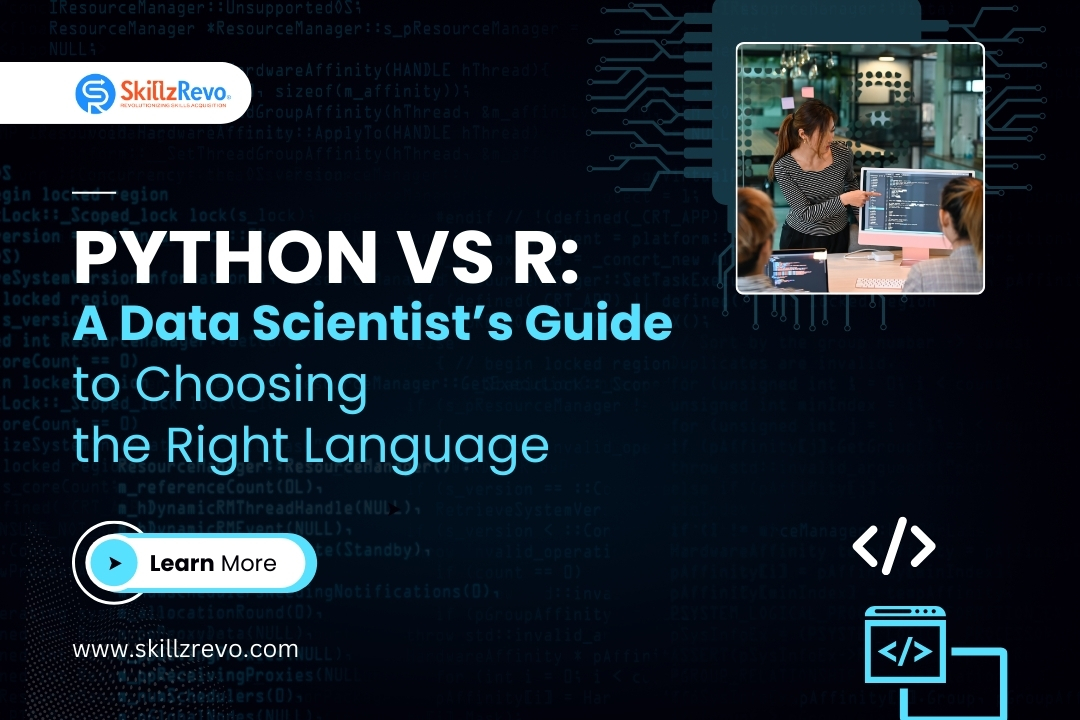Python vs R: A Data Scientist’s Guide to Choosing the Right Language
Introduction
If you are interested in learning which programming language you should start to learn on your data science journey, it should be Python or R? They are both popular languages for data science but have their own strengths. In this article, we will put Python and R head to head to help you choose the right one for you!
1. What is Python?
It is a general-purpose programming language. It is one of the easiest programming languages to learn and is widely used in various domains such as data science, web development, and artificial intelligence.
Pros of Python:
- Simple and easy to read
- Large number of libraries for data science (e.g., Pandas, NumPy, Scikit-Learn, TensorFlow)
- Great for machine learning and deep learning
- Can be used for many other tasks beyond data science
Cons of Python:
- Slower compared to some other languages
- Not the best for statistical analysis
2. What is R?
R is a programming language designed specifically for statistics and data analysis. It is widely used by statisticians and researchers.
Pros of R:
- Excellent for statistical computing and visualization
- Powerful built-in functions for data analysis
- Great for academic research and reports
Cons of R:
- Harder to learn compared to Python
- Not as versatile (mainly used for statistics and data science)
- Slower performance for large datasets
3. Comparison Table: Python vs R in Data Science
To make it easier to compare Python and R, here is a research-based table:
Feature |
Python |
R |
| Ease of Learning | Easy | Moderate |
| Libraries | Extensive (Pandas, NumPy, TensorFlow) | Strong for statistics (ggplot2, dplyr) |
| Performance | Faster for large-scale applications | Slower for large datasets |
| Machine Learning | Excellent | Limited |
| Statistical Analysis | Good | Excellent |
| Visualization | Good | Best (ggplot2, Shiny) |
| Industry Usage | Widely used in AI, ML, and automation | Preferred in academia, research |
4. When to Choose Python?
- If you are new to programming
- If you want to work in machine learning, deep learning, or artificial intelligence
- If you need a language that can do more than just data science
5. When to Choose R?
- If you focus on statistics and data visualization
- If you work in academia, research, or bioinformatics
- If you need advanced data analysis and reporting
6. Which One is Better for Data Science?
There is no one best language. It depends on your goals:
- Python is better for machine learning, automation, and general programming.
- R is better for statistical analysis and data visualization.
Some data scientists even use both Python and R together!
Conclusion
Python is a very good programming language to pick up if you are a beginner in data science due to how easy it is to learn compared to other programming languages, and due to its widespread use in the industry. But if it comes to deep statistical analysis, R could be the choice. The only way to know which one works better for you is to try both!








